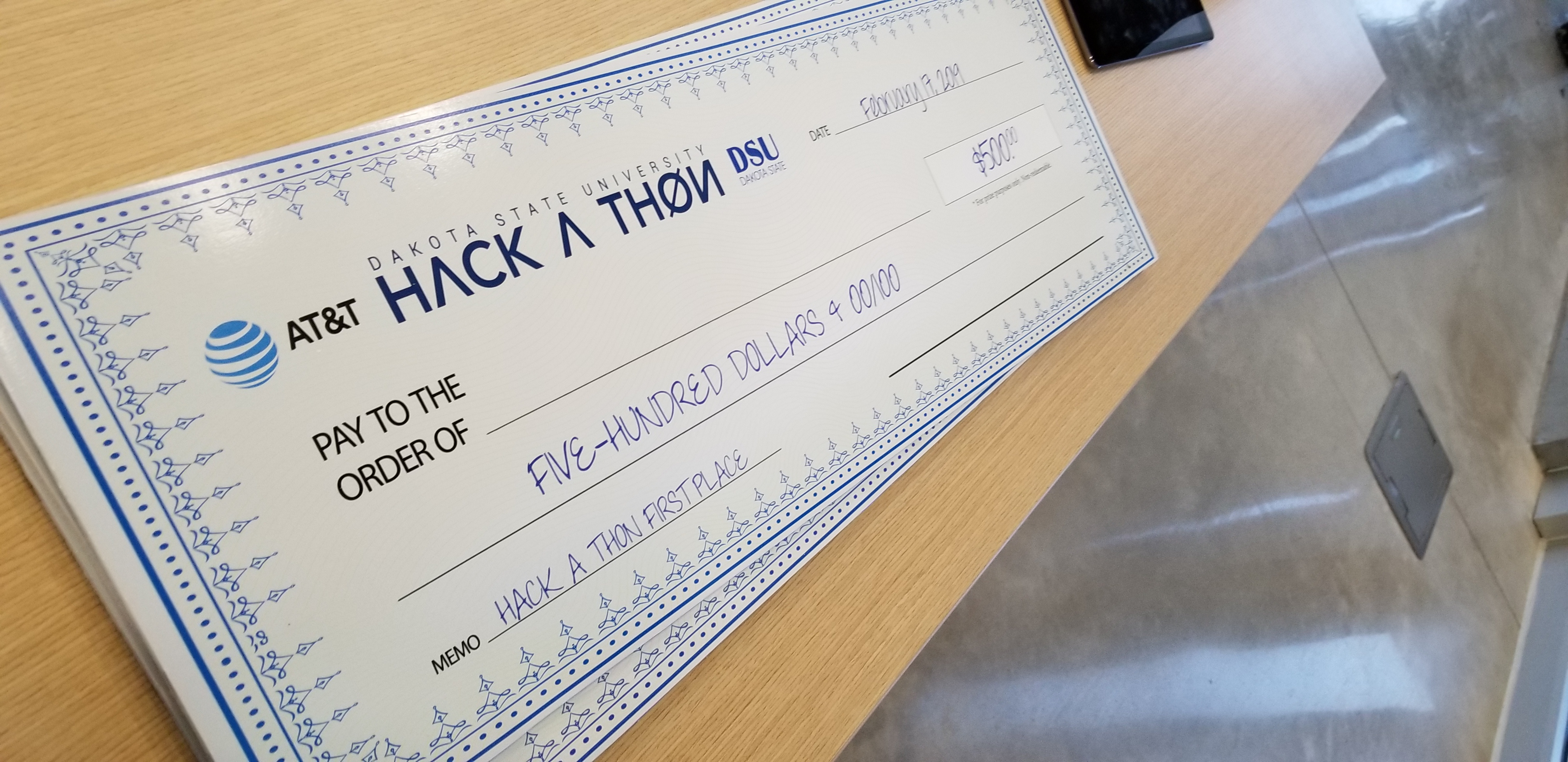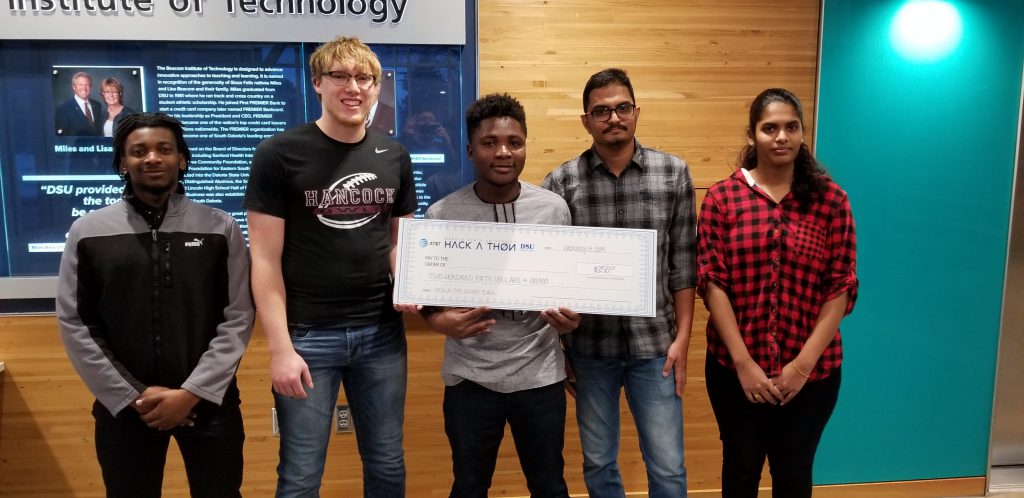|
|
We did it.
We challenged 15 DSU students to solve real-world problems for first responders.
And then we gave them 48-hours to research, prototype a solution, and then pitch those solutions to a panel of first responders
“There are companies spending millions of dollars on solutions that are not this good.” A response from one of the first responder judges.
Let’s start with Friday night.
I was the weekend facilitator for the first ever Hackathon hosted at DSU. Everyone met at the Beacom Center on campus at
Jon, the firefighter, talked about the challenges of accurately accounting for everyone during an incident. Their current method is to have everyone report to a command-post and literally check in by placing their ID badge on a board before jumping into action.
Marty, the EMT, explained how data gathered on the scene and while in route to the hospital, may not even make it to the ER doctor assessing the patient. Critical information needing to make important
Brandon, the trooper, discussed situations where his radio communications may not work in common areas, like inside the building we were hosting the event. And this isn’t limited to inside building, it can also happen while on the scene of an accident or while responding to call.
While we knew we wouldn’t be able to solve all of these problems, nor would we be able to complete a total solution in 48-hours, we knew that we could probably suggest new ways of tackling these problems with some
This hackathon was sponsored by DSU and AT&T for one reason. AT&T has built a network called FirstNET specifically available to first responders. A network separate from the commercially available LTE network we all enjoy today with our smartphones.
Before we broke for the evening on Friday, the participants split into four teams, each focusing on a single, solvable problem.
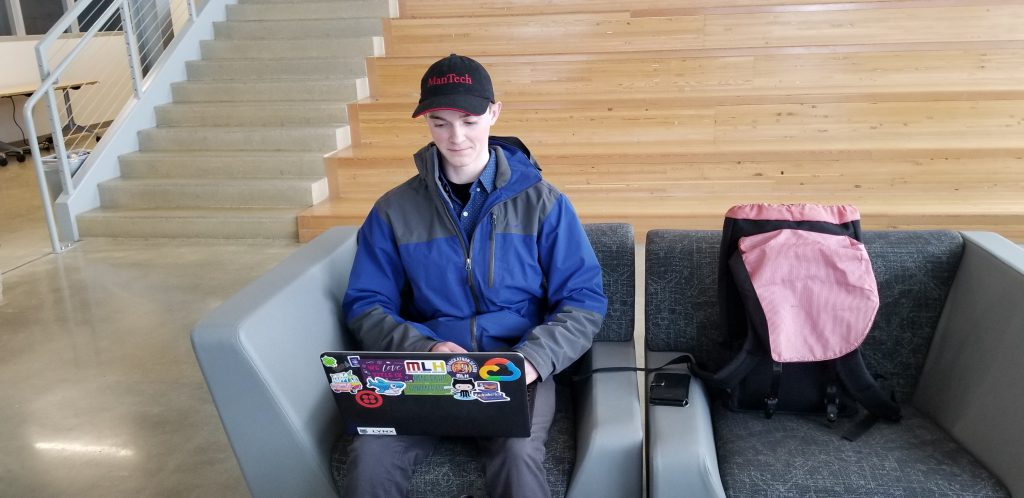
Team One focused on ways to bridge data transfer through secure HTTP channels that would work on any device — laptop, tablet, or phone.
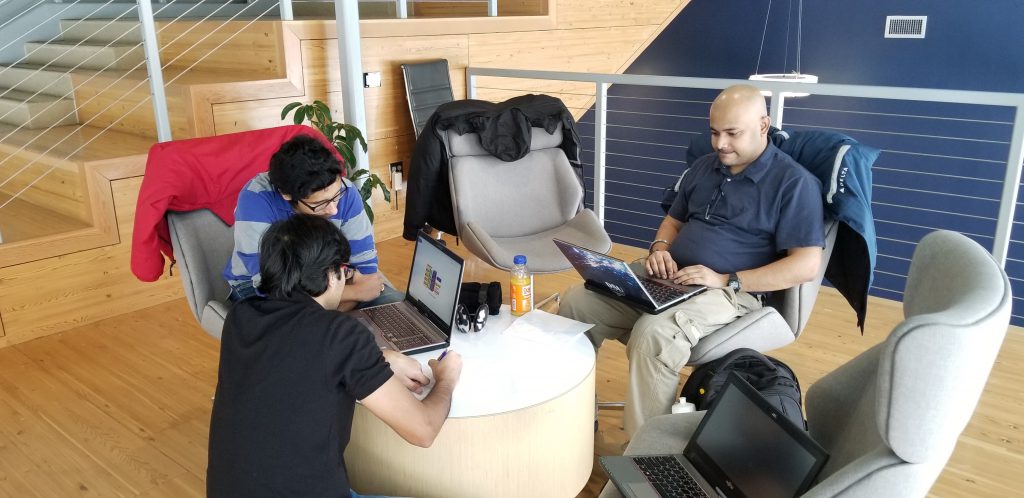
Team PACK wanted to investigate existing beacon technology to track responders on-scene of an incident to know when they arrived, what their credentials were, where they are on scene, and when they leave.
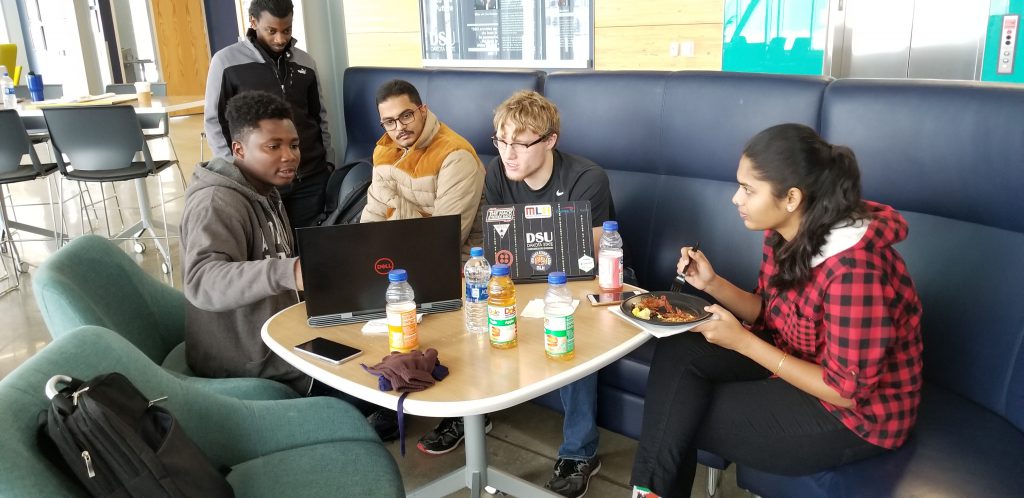
Team BeeTel choose to develop a portal application that would interface with new or existing hardware to track assets during an incident. Their dashboard would also have real-time 2D to a
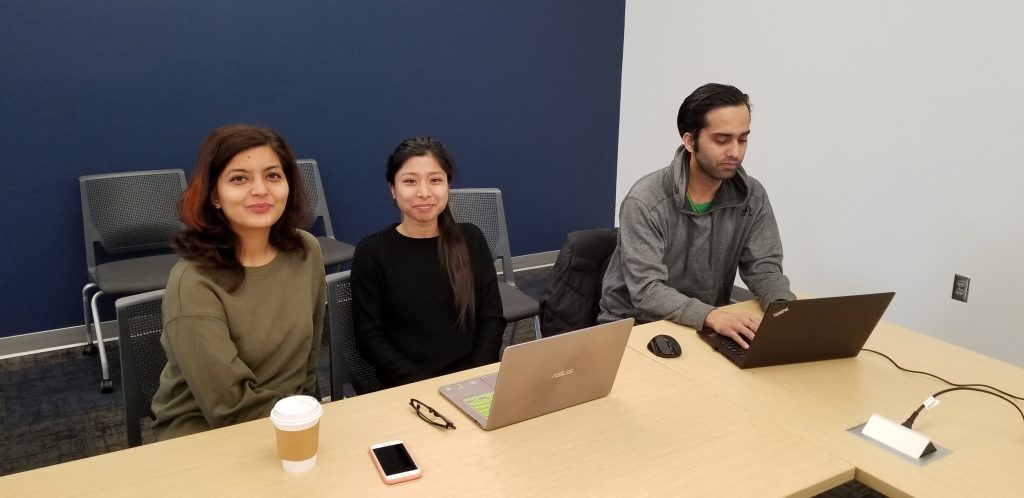
And Team ABC felt that a mobile app could do a better job recording, storing, and transferring critical data that is already being collected by devices and personnel.
All day Saturday, the participants brainstormed and researched problems.
I invited a few guest speakers to join us and share their insights while we took a few breaks.

Mike Waldner explained to the hackathon participants how FirstNET was started, why the network is important, and how it has grown over the years. It is amazing to think of the potential of such a powerful network for first responders around the country. Mike also fielded a lot of questions about how the students should be thinking about

Joy Christensen hung out for a few hours with the teams and talked about some of her work experience. She left the students with some powerful advice if they want to branch out and start their own businesses after graduating.
Him Acharya gave a great presentation about IT career paths and, since there were mostly IT students, he answered a lot of great questions. As some of these students have already started their IT careers, this gave them a great overview of what they can expect at various career levels.
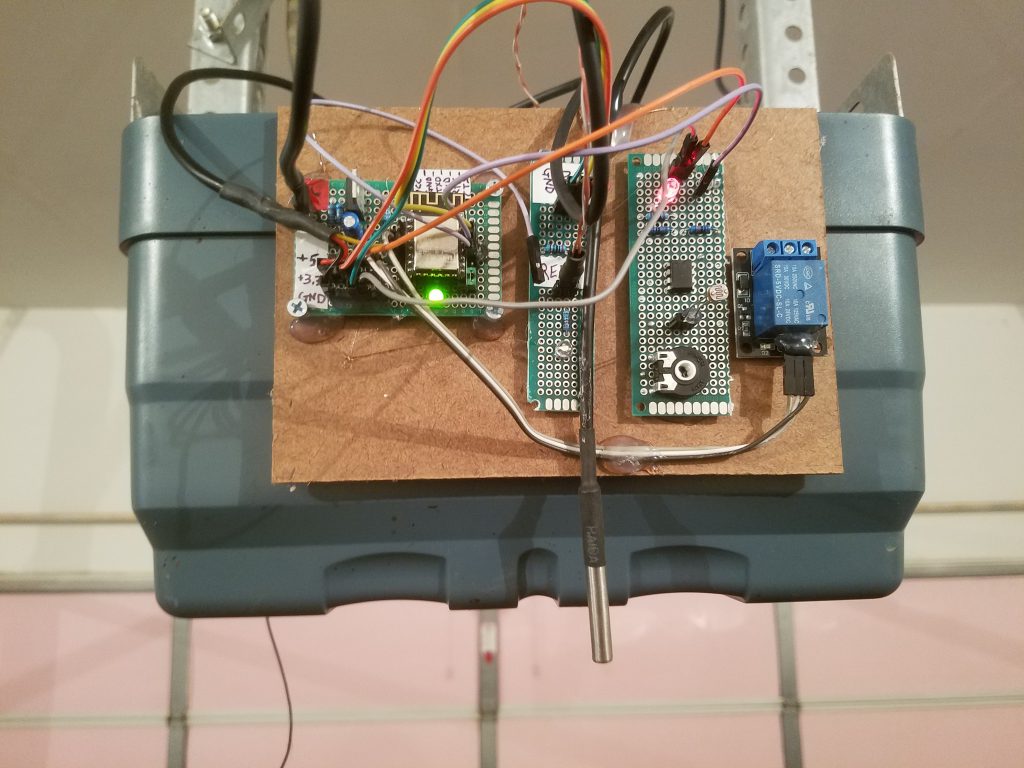
And finally, before we wrapped for the evening, I gave a presentation around various Internet-of-Things that I have built over the past few years. Re-enforcing the power of being able to deploy small devices to monitor or control processes remotely through the internet, phone, or data dashboard.
Sunday…Crunch Day
Lesson learned from Saturday, don’t start at
8am …We started at
10am on Sunday
At
I gave everyone my “5-Tips For Pitching.”

And then, I sent them off to prepare.
At 2pm, I had each team do a practice pitch. I gave my feedback.
At exactly…roughly…
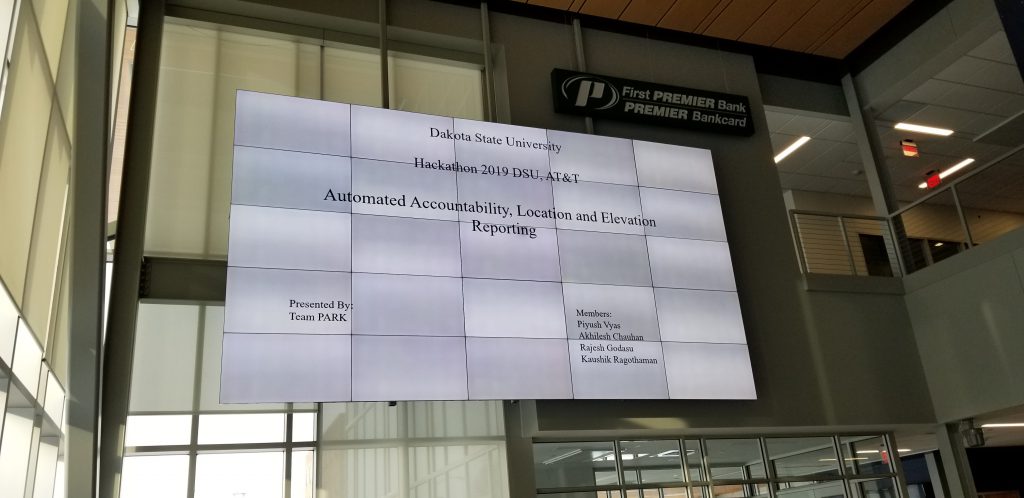
We used random.org to select the order and up first, Team PACK

Up next, Team BeetTel. By the way, they never did explain their team name…They live demoed their dashboard they build over
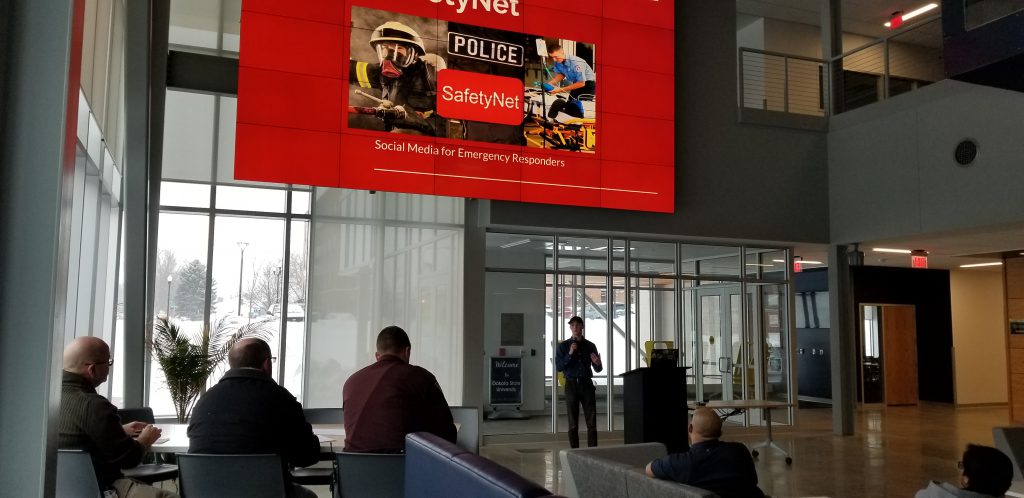
Followed by Team One. Their solution included a wireframe and detailed outline of security and the value of leveraging data transfer over an HTTP dashboard.
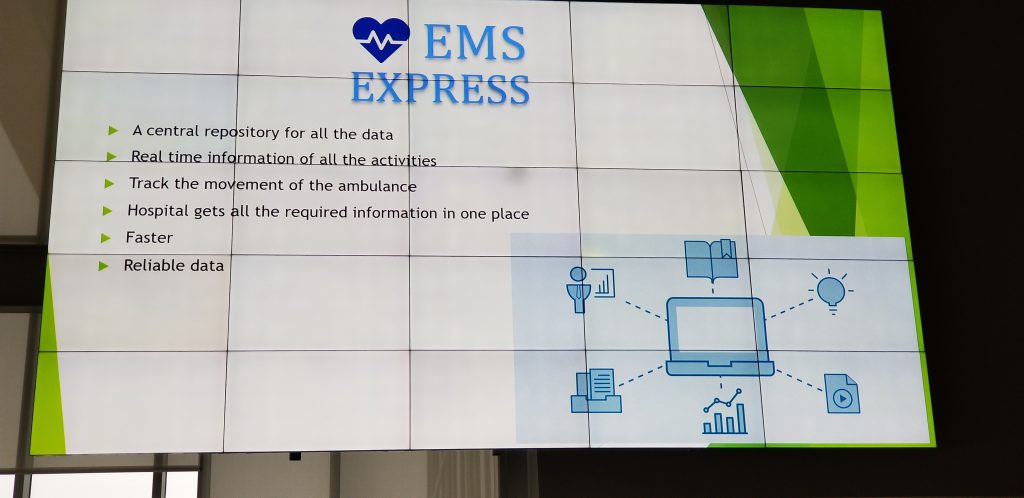
And last to present, Team ABC — Air, Breath, and Circulation — impressed the judges with their thoroughness and even
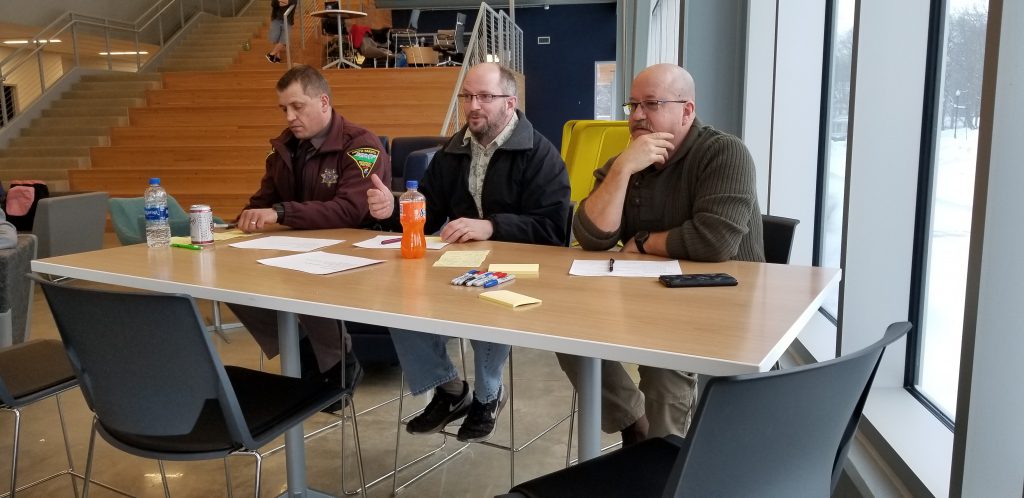
Judge deliberation took 20-minutes.
And the winning team was Team ABC! The judges felt that their prototype app was on par to replace the existing ways in which they collect data today and strongly encouraged them to continue the work and discussions with others in the field.
Teams BeeTel & PACK were tied and the judges felt that if they had teamed up, they would have a solution that could leapfrogged the current state of personnel management being done today.
And Team One was the runner-up and definitely was on track to exceed current solutions as well.
All three of our judges were completely blown away with the work that took place in only 48 hours. Their praise for the teams and solutions went on long after we called the event a wrap at 6pm.
Why did I agree to facilitate this event?
It’s simple, we absolutely must encourage and flourish brainstorming sessions like this.
My intro slide said it all.

Yes, it was a long weekend… from Friday at
4pm through Sunday at6pm …Yes, we ate a lot of food
Yes, it was hard work
Yes, it was a ton of fun
Yes, everyone had a great time and learned something new.
And yes, I’ll do it again.
Thank you to everyone who helped pull it off.
Dave, Ashley, Pam, Trevor, Dick, Chris, Cheryl,
Jon, Marty, Alexander, Brandon,
Kelli, Him, Joy, Shannon, Thomas, Erin, Mike, Jane
And thanks to DSU and AT&T for supporting such an event.

